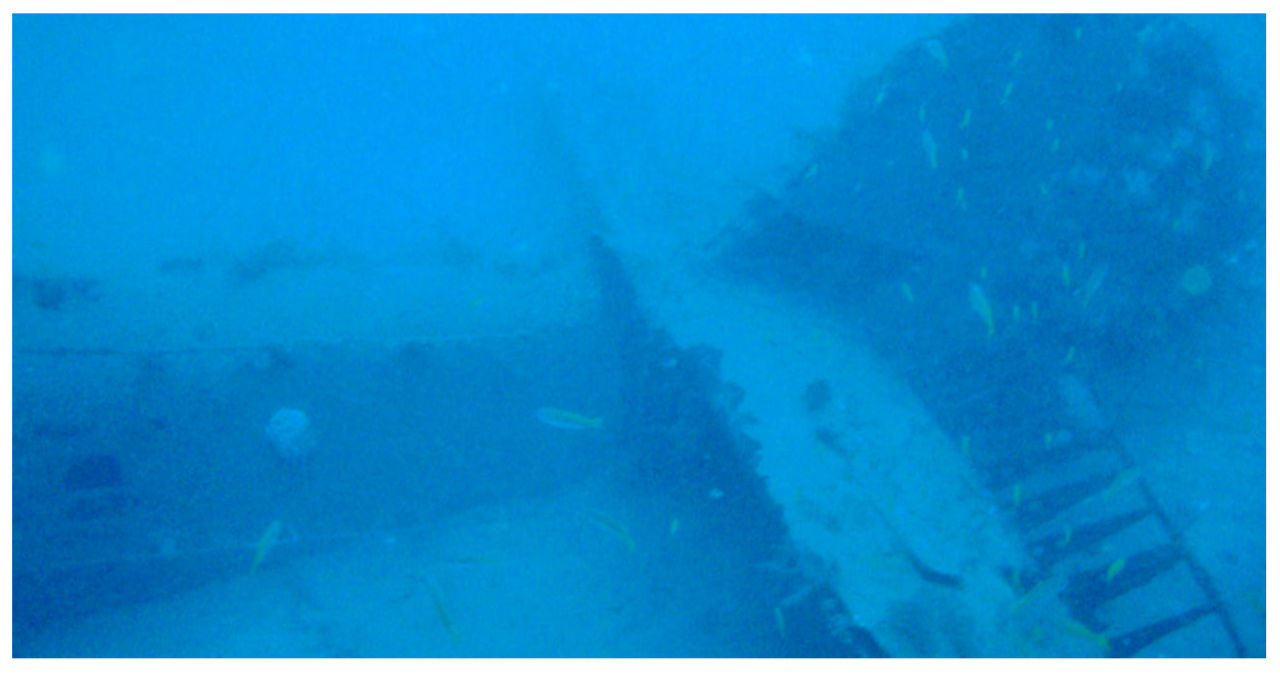Officials have officially identified the Australian bomber and the remains of two air crew members who tragically crashed in flames off the coast of Papua New Guinea over 80 years ago. After conducting numerous dives in the murky and crocodile-infested waters, the confirmation of the discovery of Beaufort bomber A9-186 has been made.
According to a statement from the Royal Australian Air Force on Wednesday, the plane was discovered during Australian mining billionaire Andrew Forrest’s search for his uncle Flying Officer David Forrest, who went missing in 1943.
In a similar incident, A9-186 encountered anti-aircraft fire and was shot down during a morning assault on the airstrip. This event took place four months after the incident involving A9-188. Both aircraft were from Number 100 Squadron, which was stationed at Gurney air field in Milne Bay on the main island of New Guinea. A9-188 was the specific bomber flown by Forrest in this case.
The discovery of A9-186 took place off the coast of New Britain in 2020, at a depth of 141 feet. However, it was not until 50 dives later that identification of the object was successfully made, as shared by the leader of the search expedition, Steve Burnell.
“It can be quite a challenging environment due to the presence of saltwater crocodiles and limited visibility,” Burnell remarked.
According to Burnell, the wreckage was identified using an aircraft identity plate. This plate was only legible because it had been buried in mud, which helped reduce corrosion.
“It’s quite a challenge to definitively identify something after it has spent 80 years in saltwater,” commented Burnell.
The remains of Warrant Officer Clement Batstone Wiggins, 28, and Warrant Officer Russell Henry Grigg, 34, have been identified through DNA testing of bone fragments, according to the statement.
A memorial service will take place at RAAF Base Amberley in Queensland state on April 26th to honor the families of those involved. With the permission of the Papua New Guinea government, the identity plate and the cockpit lever have been returned to Australia, while the rest of the wreckage remains at the crash site.
After confirming the identity, Andrew Forrest reached out to the crew members’ relatives and personally spoke to them.
“I am grateful that they have now found some form of resolution,” he expressed in a statement.
Donald Forrest’s father had expressed a heartfelt desire to hold his older brother’s dog tags before he passed away last year at the age of 95.
According to Burnell, there are still two RAAF Beaufort bombers that have not been found in the New Britain region. The team is currently investigating the wreckage to determine if it belongs to one of these missing aircraft.
Air Marshal Robert Chipman, the head of the Air Force, expressed solace in the knowledge that the families have been informed about the ultimate resting place of their beloved ones.
Just weeks after launching a search for the wreckage of American World War II ace Richard Bong’s plane in the South Pacific off Papua New Guinea, a significant discovery has been made.
In January, a team of deep-sea explorers embarked on a mission to locate the wreckage of Amelia Earhart’s lost plane in the South Pacific. During their search, they made an exciting discovery—a sonar image that bears a striking resemblance to Earhart’s Lockheed 10-E Electra aircraft.

